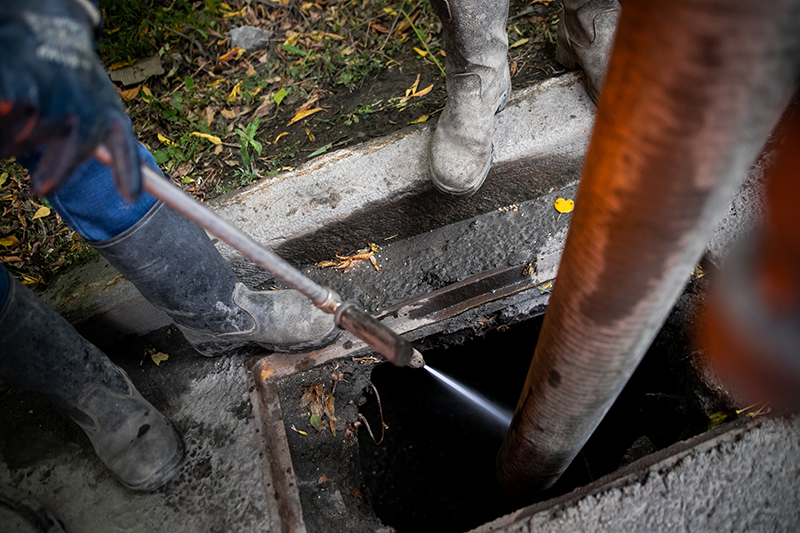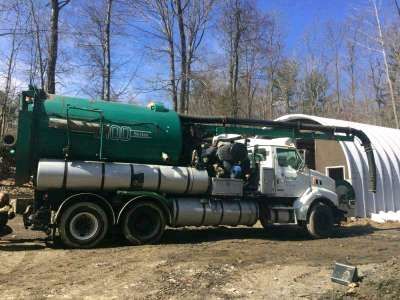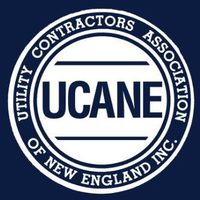
You may have heard the term “hydro excavation” but do not know exactly how it works and why it is the most efficient and cost effective way to excavate the ground. Hydro excavation was invented just about thirty years ago, but it has become incredibly popular in recent times. This is due to the fact the construction industry is famous for being slow at adopting new technologies, especially if something has been done the same way since hand shovels were first invented. In essence, the traditional excavation method revolves around excavating out an area so that something can be built or constructed in the ground.
A foundation for a building is the perfect example of this. A hole is excavated to make room for the foundation. Once the foundation is installed any areas of the hole that are left are filled in with the dirt that was originally removed from the hole. That is called backfilling. The excavation process used to be done by hand, meaning people would use handheld shovels to excavate or dig the holes and do the backfilling. Of course this is back breaking work that requires a significantly large labor force for large construction projects.
Although people still excavate by hand with shovels to this day for small projects, the process evolved approximately 100 years ago with the invention of the backhoe. In essence, a backhoe is a heavy-duty machine operated shovel that can do the work of 100 workers in a fraction of the time. Excavating by backhoe is the most popular way to excavate to this day. However, hydro excavation is far better process that does little to no damage, costs a lot less money, and gets the job done even faster. So how does hydro excavation actually work?
Hydro excavation utilizes a highly pressurized water hose, and an industrial vacuum system. The highly pressurized water is sprayed on the excavation area where it displaces the soil. The water spray is so powerful that it digs a lot faster than a backhoe digs. The soil turns into a slurry, which is a mixture of water and dirt. The commercial vacuum system sucks up the slurry and transports it to a tank that is located near the excavation site. The storage tank is typically attached to a truck or vacuum truck.
The slurry can be temporarily stored in the vacuum truck’s storage tank, or transported off of the job site for permanent disposal. It only takes one of two operators to perform the entire process, so hydro excavation cuts down on labor. It also eliminates the need to use expensive and fuel guzzling heavy-duty excavation equipment such as backhoes and front-end loaders.
If you have any questions about our hydro excavation services in New England, or would like to schedule service we are happy to help. Jolin Paving & Excavating, Inc. is your New England connection for a vast variety of environmentally related services. Our company has been serving Boston Massachusetts, Southern NH, VT & ME as well as Northern CT & RI since 1952. Please Contact us to learn more today. Environmental related issues occur all of the time, and can strike at any time. That is exactly why you need to have a local and reliable environmental services company at the helm and ready to go whenever you actually need them.
continue reading






